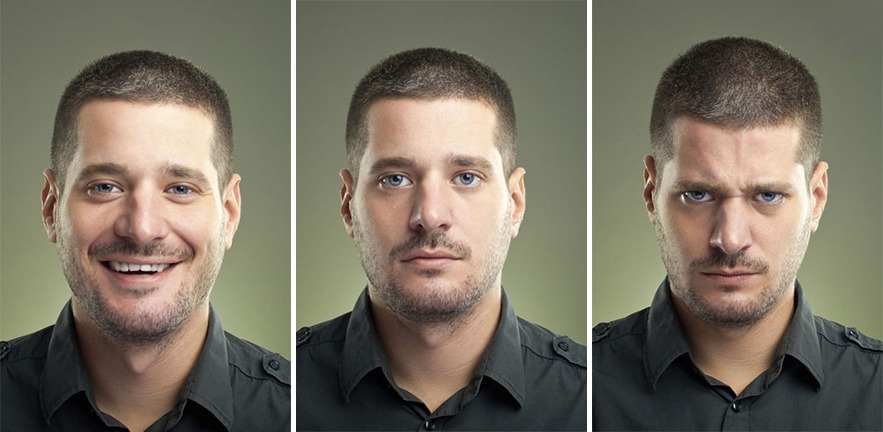British cabinet minister Michael Gove famously said, in the midst of the Brexit referendum in June 2016, that the UK public “have had enough of experts”, but a new study shows that is certainly not the case when it comes to identifying misinformation.
Based on a survey of 4,407 people from four countries (the UK, US, Turkey and Russia), the study finds that people defer to expertise in the form of experts and scientific evidence to determine whether something is misinformation – with the media and friends trailing far behind.
“People tend to treat the general description of misinformation in line with how the scientific community define disinformation, where deliberate attempts to mislead matters,” says the study published in the Journal of Risk Research. “People tend to defer to experts and scientific evidence as sources on which to judge a claim as misinformation.”
What does misinformation mean to people?
When asked what, if anything, misinformation means to you, 69% of respondents agreed with the statement that, “Information that is intentionally designed to mislead” compared with 51% agreeing that it is “Information that is unintentionally misleading”.
(Gove’s fuller remarks were: “The people of this country have had enough of experts from organisations with acronyms saying they know what is best and getting it consistently wrong”.)
Specifically, in determining whether something is misinformation, 60% of respondents agreed with the statement that “most scientific evidence indicates it is incorrect”, with 48% agreeing with “most expert groups indicate it is incorrect”. This was followed by 35% for “it does not feel right to me”, 33% for it does not “fit with my understanding of what is correct”, 29% for “most media reporting indicates it is incorrect”, and 22% for “most people I know indicate it is incorrect”.
Misinformation is most associated with information that “exaggerated conclusions from the facts” and does not “properly present the full picture” (each at 49% of respondents). These were followed by presented as fact rather than opinion or rumour (43%), on a subject where misinformation is a known problem (38%), claiming to expose unknown facts (29%), claiming to reveal a lie (24%), and claiming to reveal new patterns between things (17%).
Demographic factors have little effect on people’s view of misinformation
The results were largely consistent across the four countries and were mostly unaffected by demographic factors including age, gender, education, and marital or employment status. The study was prompted, the authors say, by the fact that “little is known about how the public conceptualises the notion of misinformation”.
“The pattern of responses was broadly consistent despite differences in background, gender and other factors,” says study co-author Dr Magda Osman, Head of Research and Analysis and the Centre for Science and Policy at the University of Cambridge, which is affiliated with Cambridge Judge Business School. “There have been claims that less educated people are more susceptible to misinformation, but our survey instead found that – highly educated or not – people converge on the same sorts of general features of information to determine whether something is or isn’t misinformation.
Misinformation – intentional rather than accidental
“Misinformation has been most commonly defined in prior studies as the unintentional sharing of false information, but our survey found that the public holds a different view: that misinformation is associated with an intent to mislead.”
Dr Zoe Adams, Postdoctoral Researcher at Queen Mary University of London says: “What logically follows from this is another element that needs to be taken into account. When people encounter communication that they judge to be misinformation, they naturally try to infer what the intentions are behind it. Psychologically this means, in the absence of anything else to go by, people will be devising their own theories as to why misleading information is being communicated to them.”
Is the media mediating credibility of science and experts?
The far greater deference to scientific evidence and experts, compared to the media, is described by the study’s authors as “particularly interesting based on our assumption that the public typically access scientific and expert information through the media rather than from the original source, such as academic journals. As such, this raises the question of how different media sources might mediate the credibility of scientific/expert information and therefore the identification of misinformation.”
About the survey
A total of 4,407 participants took part in the survey which was ran by IPSOS, collecting data from a representative sample of participants (based on gender, age, employment status, marital status, and education) using online panels in Turkey, Russia, UK and USA. The inclusion criteria for taking part in the study were that participants were born in, and current residents of each respective country. Participants had to be a minimum of 16 years to take part in the study. Fieldwork was conducted in October 2021.
Centre for Science and Policy (CSaP)
CSaP, affiliated with Cambridge Judge Business School, works with a unique network of academics and decision-makers to improve the use of evidence and expertise in public policy.
Featured research
Osman, M., Adams, Z., Meder, B., Bechlivanidis, C., Verduga, O. and Strong, C. (2022) “People’s understanding of the concept of misinformation.” Journal of Risk Research





